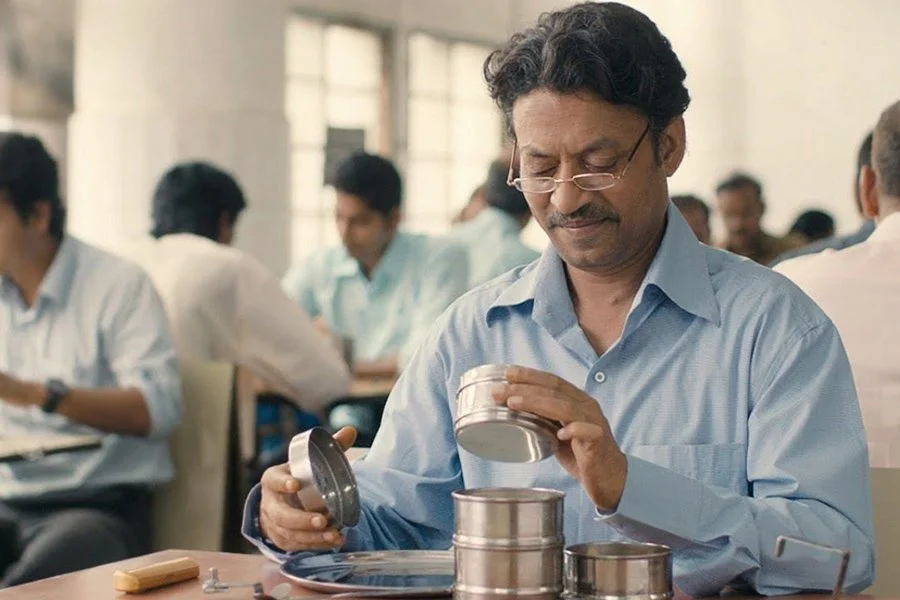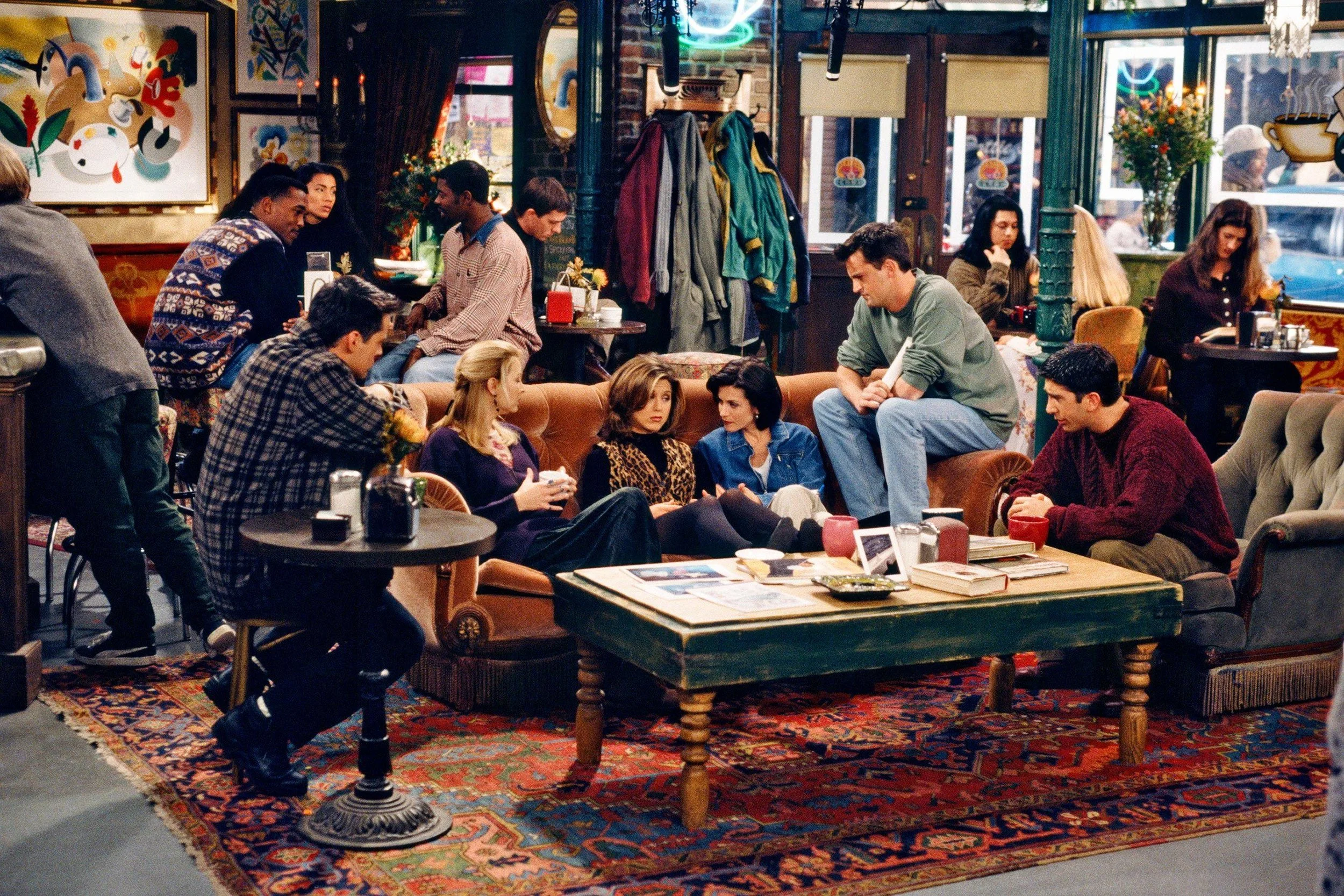‘The 6th Margaha Film Festival’ OMNIBUS REVIEW: Sagaynon Shorts
‘The 6th Margaha Film Festival’ OMNIBUS REVIEW: Sagaynon Shorts
The Margaha Film Festival returns for its 6th run this year with the theme ‘SAISayan’, focusing on how cinema carries history and ensures that narratives are felt. Priding itself as the first regional film festival by the sea, it brings new stories and interpretations of old myths that reflect what culturally resonates in Sagay City, Negros Occidental.
Through the Sagaynon Shorts, local filmmakers were given grants to create short films rooted in the rich cultural and historical landscapes of Sagay City. While rediscovering local heritage, the Margaha Film Festival also emphasizes the power of collective filmmaking, involving the community itself in the creative process. Below are reviews of the official selections of the Sagaynon Shorts:
OFFICIAL SELECTION
Sagaynon Shorts
1945: Fight for Freedom
by Fritz Ardeña
Wartime narratives often focus on imperial victories and losses, overshadowing the tragedies endured by innocent lives and the tragedies yet to befall inside the motherland. Fritz Ardeña’s 1945: Fight for Freedom depicts the loss of innocence through the eyes of Tonton, a young boy forced into resistance after the brutal death of his family and friends.
Film still from 1945: Fight for Freedom
The short film is graphic in its portrayal of wartime violence, including sexual violence and killings carried out by Japanese soldiers, effectively immersing the audience in the raw, unfiltered trauma during these times. Tonton, robbed of his childhood, is left with no choice but to take up arms. His memories of a once-simple life shared with loved ones are shattered, and that haunting nostalgia underscores the emotional weight of his transformation from a war orphan to a guerrilla fighter. The short film captures the tragedy of a generation forced to grow up too quickly, pushed into violence not by choice but by the brutal inevitabilities of war.
The short film has a compelling ending where archival footage of American soldiers arriving symbolizes the so-called “liberation” of the Philippines from Japanese occupation. This mirrors how history credits the U.S. with saving the country, and it casts a stark contrast with the sacrifices made by local resistance from the Filipinos themselves. Ardeña critiques how, in historical imagination, the Filipino struggle is often overshadowed by foreign influence, further overshadowing those tragedies intertwined that are now buried.
Babaye sa Bubon
by Ginboy Bataclit
Recontextualizing old stories offers a new way of understanding and fresh perspectives to emerge, often revealing deeper truths or framing them as metaphors for broader societal issues. Ginboy Bataclit’s Babaye sa Bubon recontextualizes a story based on a real event, offering a perspective on the consequences of abusing the environment and a manifestation of the wrath of nature in modern contexts.
Film still from Babaye sa Bubon
In this recontextualization, the mysterious woman found at the bottom of the well can be interpreted as one of the original owners of the land, immediately vilified and chased by the land grabbers’ people, where she responded with magic to the abuse she witnessed against the family who treated her kindly. Driven away by fear, she cursed the land by depriving it of its water source, heavily affecting everyone in it, including the kind family. Through this recontextualization, Bataclit offers a metaphor for how greed disrupts nature’s balance and how, in response, nature exacts its inevitable revenge, and it doesn’t choose, making everyone, despite innocence, a victim of its wrath. This is analogous to the destruction brought by capitalism to the longtime settlers, such as the IPs and farmers, for they were the most heavily impacted and abused by the development that they didn’t wish for.
The short film draws a parallel to modern times, where anthropogenic perspectives reduce the environment to a mere economic utility. It is no longer respected as it is exploited to fuel human desires and wants. Bataclit not only breathes new life into an old story but also delivers a warning about the consequences of environmental exploitation and how nature will retaliate in ways imagined as more devastating.
Hangaway
by Levi James Arellano
People create monsters to explain the misfortunes that happened in their communities, masking deeper truths that are harder to confront. Levi James Arellano’s Hangaway explores this tendency by presenting a remote village’s misconception of a monster blamed for a tragedy rooted in substance abuse that, in their material condition, can’t comprehend to understand its fatal effects.
Film still from Hangaway
Set in a remote province where traditional beliefs hold strong, the people turn to folklore and myths to rationalize the mysterious death of a woman. They blame the tambaluslos, a mythical creature associated with lust, for the crime, reflecting how beauty often makes women targets for predatory behavior. In doing so, they obscure the real cause behind the tragedy.
The short film reveals that the root cause of the tragedy is the abuse of the kachubong flower, a plant known for its hallucinogenic properties. This substance-induced hallucination, rather than any supernatural force, ultimately leads to the murder of a woman earlier seen in the short film and the subsequent events after. Since the narrative of tambaluslos was more effective than explaining the kachubong flower as a drug, it clouds the judgment of the people in the community, rendering that lack of knowledge to be abused and repeated all over again, and eventually blaming it on a monster they created to explain the misfortunes.
Arellano exposes how communities, lacking access to proper knowledge given their context of remoteness, resort to traditions for explanations for complex social problems. The short film is a reminder of how dangerous misconceptions can be when left unchallenged, especially where fear, tradition, and ignorance blur the line between myth and reality.
Kabay Pa
by Kent Raven Ardeña
How people are perceived after their death heavily depends on the circumstances of how they were found, and with the lack of collective memory, turns twisting stories around these lost souls bound by that narrative. Kent Raven Ardeña’s Kabay Pa reflects the power of art as a vessel for memory, not only for preservation, but for resistance. Mahil, a dancer who transforms narratives of grief and injustice into a choreography, using his body as a medium to reclaim stolen narratives and honor the dignity of lives lost.
Film still from Kabay Pa
Each dance Mahil performs is a tribute to those who have been forgotten, vilified, or reduced to the circumstances of their death: a teacher who committed suicide, an accused drug user, displaced farmers who were killed, a widow and her child who starved to death. These are narratives whose humanity is often dismissed by stigma and systemic violence.
Ardeña suggests how art can serve as a form of protest and remembrance. Mahil doesn’t just mourn the dead, but he uplifts them and restores their narratives and invites others to see them as more than statistics and scandals. The short film positions art not as escapism but as a confrontation to stigma and systemic violence.
MACAMILCO: Isa ka Balinghoy ang Kalibutan
by Ry Cortez and Crispel Jhun Ducay
Discussions about the necessity for resistance often remain misunderstood, which undermines the root cause needed to unearth for calling these actions justifiable and necessary to fight back against systemic oppression, but often than not, one tends to forget to examine how one would reject and how one would join the resistance. Ry Cortez and Crispel Jhun Dacay’s MACAMILCO: Isa Ka Balinghoy examines the moral and ideological dilemmas surrounding participating in the resistance against systemic oppression, particularly within the context of agrarian reform.
Film still from MACAMILCO: Isa ka Balinghoy ang Kalibutan
The short film confronts the long-standing divide between those who chose to fight back against the feudal landlords' exploitation and those who, out of necessity or fear, remained under the control of the same oppressive systems. Antonio’s journey from staying with his family to ultimately choosing to rejoin the armed struggle reveals the toll of violence both inflicted and endured in the name of liberation. Former friends are not spared, underscoring the harrowing consequences of ideological differences when translated into armed conflict.
While the short film’s portrayal of the resistance may divide audiences. The short film dares to ask difficult questions about the ethics of revolutionary violence. Is it merely brutal? Or is it a necessary means to dismantle the systems for social change? The ambiguity lies in how the short film presents violence not as glorified, but as painful, and born out of necessity.
Mga Hutik kag Tinago
by Rhyne Angel Dayaganon
The term aswang is an encompassing term for monsters in Philippine mythology, and in a modern-day context, it becomes a metaphor for misunderstood truths, stigmas, and traditions that challenge societal norms. Rhyne Angel Dayaganon’s Mga Hutik kag Tinago explores this metaphor on cultural prejudice and vindication through a cooking contest.
Film still from Mga Hutik kag Tinago
The short film centers on Maris, a matriarch from a family long accused of being aswang due to their refusal to use salt in their cooking, a practice rooted in their traditional reliance on natural spices of their environment. These whispered accusations reflect cultural misunderstandings and the fear of the unfamiliar. Initially hesitant to participate, but ultimately decides to compete and eventually wins.
Dayaganon transforms the cooking contest into a platform for reclaiming one’s identity and cultural heritage. The short film offers a commentary on how tradition, when misunderstood, can be vilified and how simple acts like cooking can serve as powerful forms of resistance.
Pagpanginyawat
by Bert Jan Desphy
The pressures of poverty don't allow people or families ample time to heal or recover from recent traumatic events, which raises questions about whether the process of healing is a privilege for these marginalized communities. Bert Jan Desphy’s Pagpanginyawat examines how poverty, the absence of a paternal figure, and unresolved trauma intertwine to create family dysfunction. At the center of the story is Dantoy, a young boy forced to confront a life decision whether to abandon his education to provide for his family.
Film still from Pagpanginyawat
The burden of becoming the breadwinner at such a young age becomes suffocating, especially in the absence of a father who once bore that same weight until it cost him his life. The void left by his death lingers heavily, and the responsibility shifts prematurely onto Dantoy. Meanwhile, his mother, consumed by a gambling addiction, dismisses his sacrifice and reacts with hostility when challenged, blinded by her denial. These aftermaths show how life eventually continues, but still comes with detrimental effects on how they function as a whole or as a family, leading to irrational decisions.
Desphy’s depiction of dysfunction shows how cycles of sacrifice and suffering can be perpetuated when survival is prioritized over healing from trauma. It becomes not just a portrait of a broken home but a commentary on the cost of resilience when it’s expected too soon, and too often. The short film illustrates how trauma and poverty can distort familial roles and lead to irrational, harmful behavior within the household.
Si Sir kag ang Gamay nga Bata
by Seb Valdez
The construct of a monster relies on the human experience, either rooted in traditional beliefs or colonial influence, and is often things that they refuse to understand, hence fear is implanted into their images of how they would understand them and their existence in the world. Seb Valdez’s Si Sir kag ang Gamay nga Bata challenges the human-centric definition of monstrosity by immersing the viewers in the perspective of kapres, and how they interact with the humans in their nature or element.
Film still from Si Sir kag ang Gamay nga Bata
The short film presents kapres in their natural elements: pranksters, quiet stalkers of love interests, habitual smokers with their big tobaccos, and bearers of an ominous scent signaling death. These behaviors, while rooted in myth, are framed within their attempt to coexist with the human world. Yet each time the kapres interact or reveal traces of their presence, they are met with fear and accusations of being cursed, further reinforcing their image as monsters from the human-centric point of view.
Despite this, the kapres live by their moral code, from not trespassing on other elemental territories and a strict rule not to interfere with death. They are silent observers of human violence, unable to intervene until the act is done. When they do act, it is only to enchant the perpetrators, leaving them confused about their actions, just to realize what they have done. This raises a compelling question: Who is the real monster in this narrative? Valdez subverts the traditional view, portraying the kapres as beings bound by ethical limitations, arguably more humane than the humans who commit violence without remorse.
The audience may wonder why they did not act sooner, but the answer lies in the very rules that define their existence. Valdez ultimately offers a reflection on how monstrosity is constructed, and often projected, by those who fear what they refuse to understand.
Walo Walo: Walo ka Adlaw nga Kanay, Walo ka Adlaw nga Labugay
by Mery Grace Rama-Mission
How people understand the unpredictable nature of the environment leads to the collective creation of a culture of beliefs meant for the understanding of the unknown world around them. Such beliefs are meant to protect these people, but as time changes, these same beliefs are challenged when there is a need to confront realities. Mery Grace Rama-Mission’s Walo Walo: Walo ka Adlaw nga Kanay, Walo ka Adlaw nga Labugay offers a perspective on how traditional beliefs are defied when intersecting factors push people to their limits just to survive another day.
Film still from Walo Walo: Walo ka Adlaw nga Kanay, Walo ka Adlaw nga Labugay
For the fishermen, the sea is their lifeline, as an everyday source of sustenance that demands both respect and fear. Over generations, their culture was developed to navigate these relationships, offering taboos to guard against the sea’s unpredictable dangers. During storm surges, the sea becomes treacherous, and these beliefs urge the people to wait for calmer tides.
However, Tangi and his family, already drowning in debt and starving for eight days, are forced to confront the harsh reality that belief alone cannot fill an empty stomach. As he is now desperate, he defies those beliefs as seeing no other choice if they are to survive tomorrow. This also proves how beliefs have become outdated in the present times, when emerging intersecting factors that weren’t present at the time of the creation of those beliefs have become external pressures of defiance.
The short film ultimately serves as a reminder that these cultural beliefs were born not merely from pure superstition but from a collective need to understand the world and to protect life based on the relationship with the environment. Yet, when the intersecting forces of poverty and survival take hold, even the most deeply rooted traditions can be abandoned. Rama-Mission captures the harsh reality that for those on the margins, survival often demands a defiance of the very beliefs meant to preserve them.
What's Up? (Ga Ano Kamo?)
by Alfonso "Thirdy" Macam III
Aliens are often defined as strangers to society, but this definition depends entirely on what human society deems and conceives as “normal”. Thirdy Macam’s Ga Ano Kamo? embraces this absurdity, using the figure of the alien to confront societal prejudice and exclusion within a rural, provincial context.
Film still from What's Up? (Ga Ano Kamo?)
The short film opens with a nameless protagonist emerging from the sea water, depicting a surreal rebirth that marks the arrival of a being unfamiliar yet eerily similar. As the protagonist moves through the town, it mimics human behavior, attempting to integrate seamlessly into everyday life. But once its actions begin to stray from accepted norms, but subtly different, yet not inherently violent or malicious, the community turns to violence. The same being they ignored or welcomed becomes a “monster” the moment it no longer fits their mold.
Macam uses this alien figure as an allegory for how human societies vilify anything that disrupts the illusion of uniformity and normality. The short film reveals how “monstrosity” or “alien” is a social construct and how difference, when misunderstood or unrecognized, becomes grounds for exclusions.
The 6th Margaha Film Festival had its festival run last February 22-28, 2025, and was available for online streaming on JuanFlix last March 10-16, 2025.




























